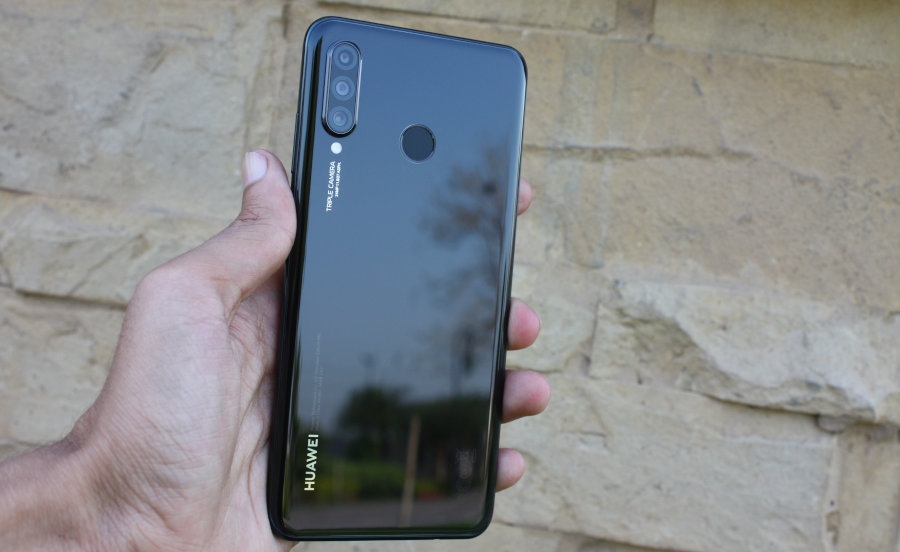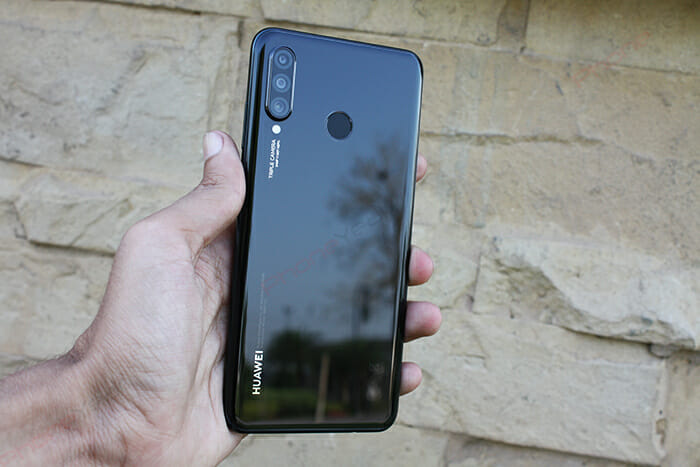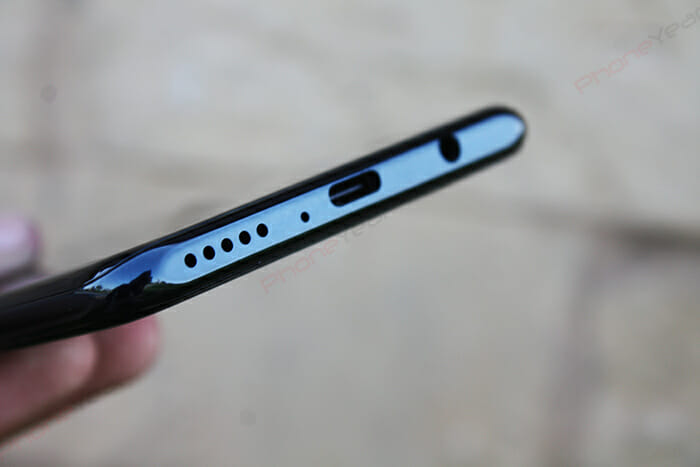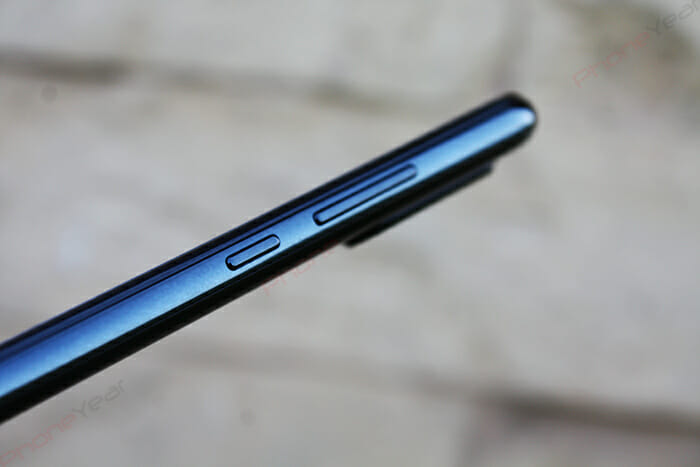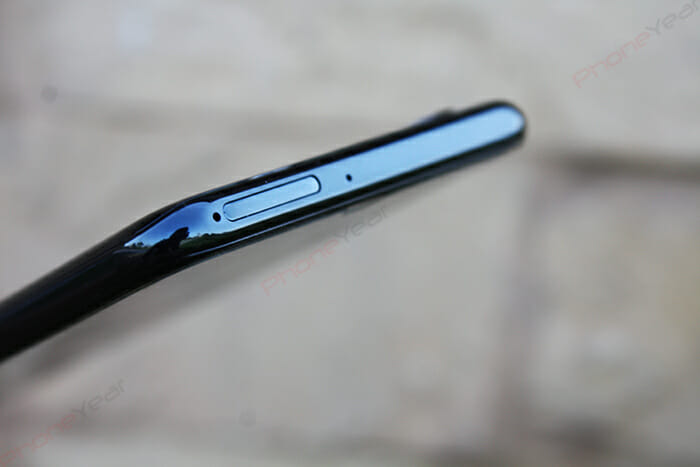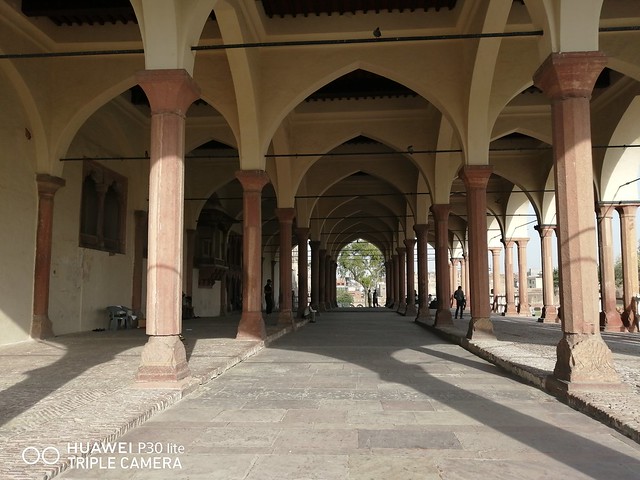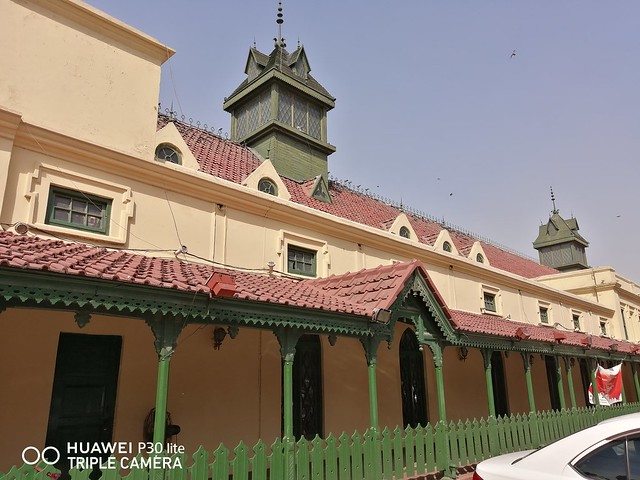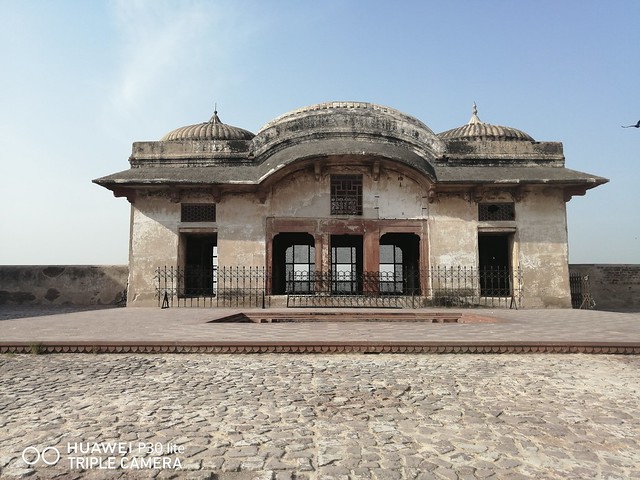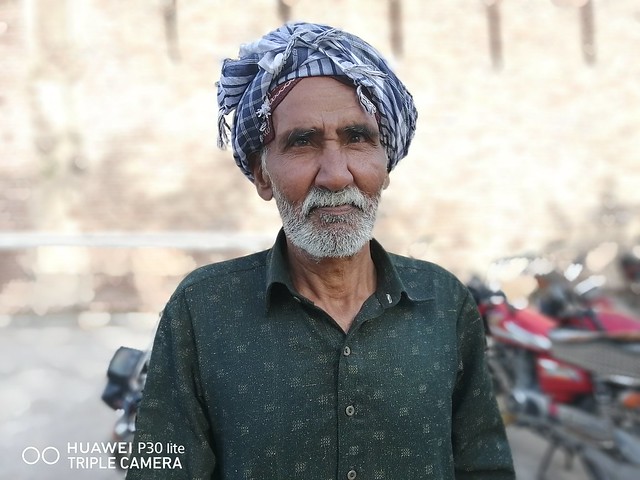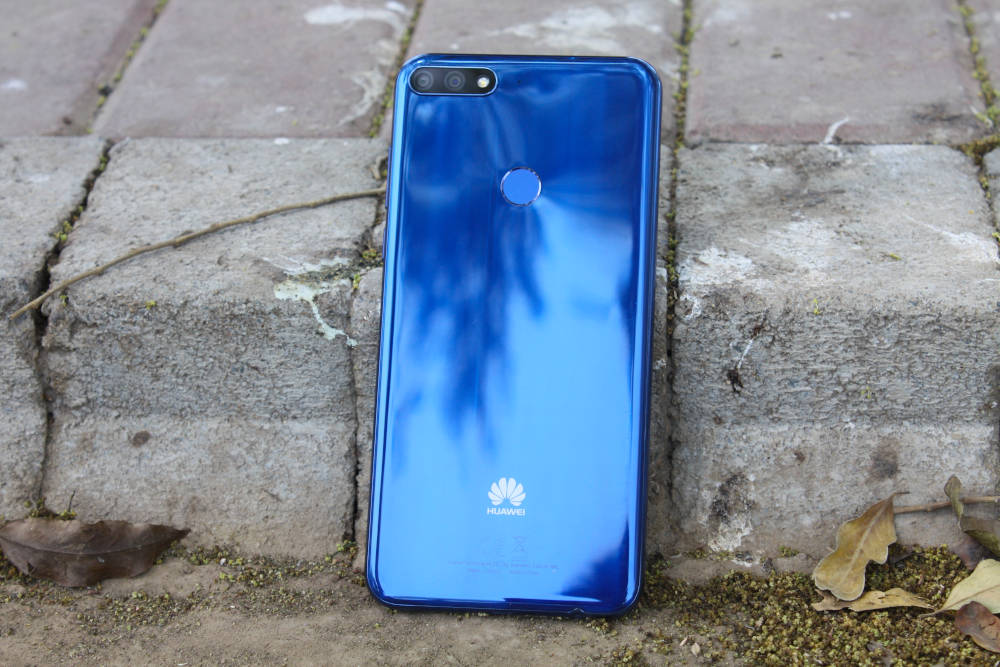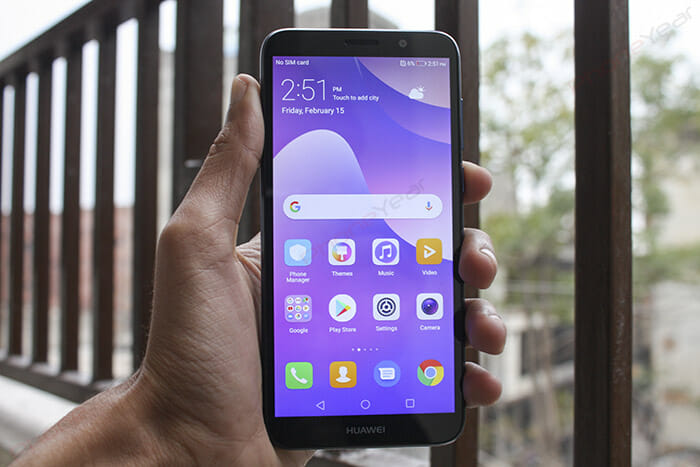Huawei has been aggressively pursuing its goal to keep dominating the midrange and smartphone market with frequent smartphone launches. Earlier this year, the Chinese mammoth introduced its midrange Huawei Y7 Prime 2019 in Pakistan, and now it launched Huawei P30 Lite – the toned-down version of its flagship P30 Pro.
As the name suggests, Huawei P30 Lite inherits the P30 series DNA, so it borrows a lot of characteristics from its elder siblings. Still, at the same time, it also retains its own identity of being a mid-range phone in an affordable price bracket.
The smartphone was launched in Pakistan with a price tag of PKR 47,999 and came with some impressive specs, as we witnessed in Huawei Nova 3i, Honor 8X, and Honor 10 Lite smartphones.
Looking at the specs sheet and the launch price of the smartphone, we can see it is quite an attractive mid-range phone but does the Huawei P30 Lite make good use of its specs to deliver a smooth performance. Let’s find out in our real-life review.
Huawei P30 Lite specs
- Display: 6.15 inches, IPS LCD
- OS: Android 9.0 (Pie), EMUI 9.0
- Chipset: Hisilicon Kirin 710
- RAM/ROM: 4GB/128GB
- Camera (rear): 24MP + 8MP + 2MP
- Camera (front): 32MP
- Battery: 3340 mAh
Design and Display
When it comes to mid-range smartphones, both Honor and Huawei are known to deliver amazing build quality in their devices, which was very much evident in Huawei Nova 3i and Honor 8X; and Huawei P30 lite is no exception.
The smartphone boasts a glass body, a pleasant surprise because most of the phones in this price segment, like OPPO F11 Pro and Vivo V15, still come with a plastic back. While the plastic body is more durable, the glass body of P30 Lite gives it an edge over others in terms of beauty.
Huawei P30 Lite has a premium design, and the 3D glass body on the back curves seamlessly into the sides, which makes it easier to keep a firm grip on the phone.
Our review unit came in Midnight Black color. At the same time, globally it was launched with two more color options, Peacock Blue and Pearl White, unfortunately, Pakistani users do not have the option to opt for the latter one yet.
The external beauty of the P30 Lite is irresistible thanks to the premium glass finish.
Looking at the back of the smartphone, we can see the triple camera module nested on the top left corner, similar to the placement we saw on P30 Pro. It is flanked by the traditional fingerprint sensor, which we found to be within our finger’s reach.
The power and volume buttons sit on the right side of the phone and are easily accessible without a need to stretch your thumb. However, they feel plasticky and are reminiscent of much cheaper phones like the Honor 10 Lite. On the top lies the phone’s SIM tray, which does not come with a dedicated microSD slot.
Though we love the glass body of the smartphone, it does get smudges quite easily and needs to be wiped down frequently to maintain its beauty. As always, the soft Silicon case that comes with the smartphone is an excellent choice to save it from harm’s way and protect the back from fingerprints.
Huawei P30 Lite comes with a 6.15 inches Full HD+ display, having a screen resolution of 1080 x 2312 pixels. The company claims the phone has a 90% screen-to-body ratio, but it hovers around 84.2%, which is still pretty high.
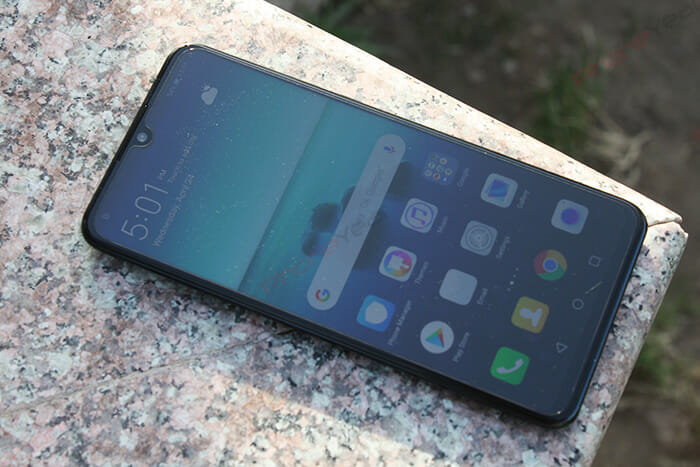
The reason for such discrepancy is mainly because companies measure the display area in ratio with the screen size and not the whole body. For example, OPPO Find X was celebrated to have a 93% screen-to-body ratio, but it turned out to be 87%.
As far as the display quality goes, Huawei P30 Lite comes with a pretty great screen that has deep blacks despite the presence of an LCD panel. The colors and the viewing angles are not compromised, even in direct sunlight.
So if you are someone who spends most of the time outdoors, merely turning the brightness settings to full can help you see the content on your smartphone. In the quick settings, you can also enable eye comfort toggle to filter the blue light and to reduce strain on your eyes.
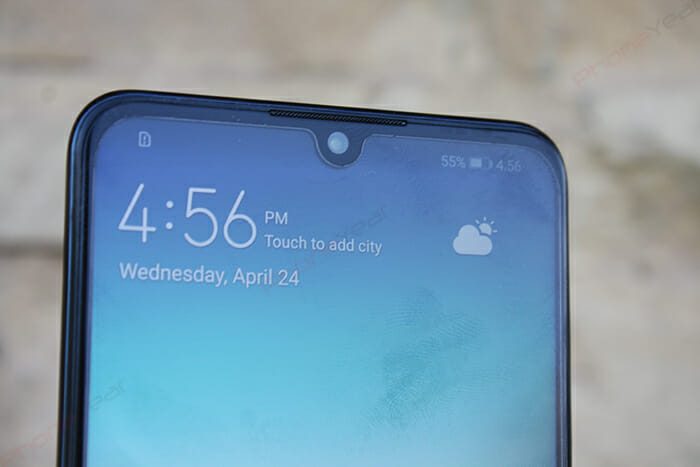
Galaxy A50, Samsung’s new mid-range smartphone, also lies in the same price segment and offers a SUPER AMOLED screen, which is ideally a far better option than the LCD panel on P30 Lite. However, the display quality of the IPS LCD on the Huawei P30 Lite punches well above the mark in terms of color reproduction, viewing angles, and outdoor legibility, which helps it to stand firm on its ground.
OS
Huawei P30 lite runs on EMUI 9.0.1, Huawei’s proprietary OS based on Android Pie. In the last few years, the custom UI from Huawei has evolved from a flimsy skin to a sophisticated OS.
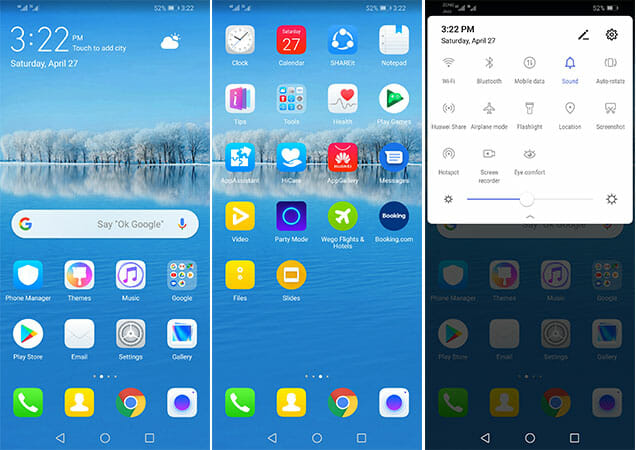
Though it comes with many useful features, one thing, however, hasn’t changed all along, the amount of bloatware inside the phone. It comes with a lot of preinstalled apps, but you do have the option to uninstall them to free up your smartphone’s space.
EMUI 9 comes with some fantastic features in Huawei p30 Lite. If you are not too fond of traditional navigation buttons, you can opt for gesture navigation or the dock navigation options. Conveniently, the placement of navigation buttons can also be changed through the phone’s settings.
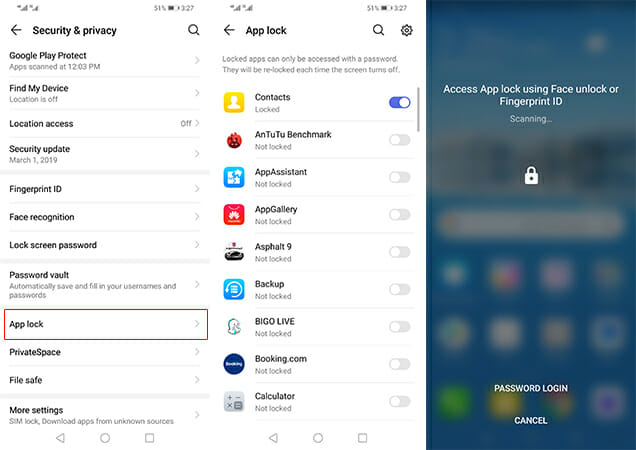
For security and privacy, it offers an app lock feature that demands a PIN code or your fingerprint to access a specific app on the device. File Safe is also a safety feature that can be used as a vault to place your essential stuff like documents, pictures, and videos.
Private space is another excellent security and privacy feature which creates a whole new parallel space on your phone and can also be used as the guest mode if you don’t want anyone to peep into your stuff.
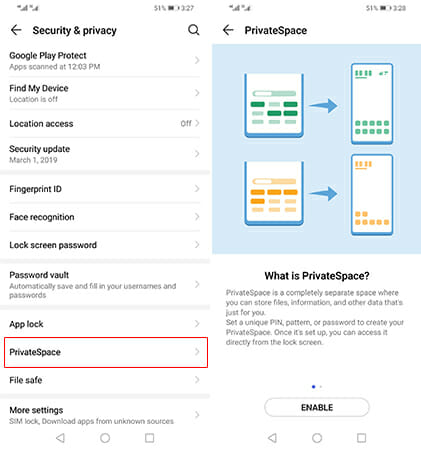
The most beautiful thing about this feature is that you can use different fingerprints for accessing the private space other than the one that you use regularly. So whenever you place that specific finger on the scanner, your device will take you directly to the private space.
Performance and Battery
It’s been almost a year since the Kirin 710 chipset debuted in the Nova 3i. Since then, Huawei has included it in many of its latest mid-range smartphones like the Honor 10 Lite and the Honor 8X.
Huawei P30 Lite also comes with the same chipset that is accompanied by 4GB RAM coupled with a 128GB internal storage, which can be enhanced up to 256GB via a microSD card.
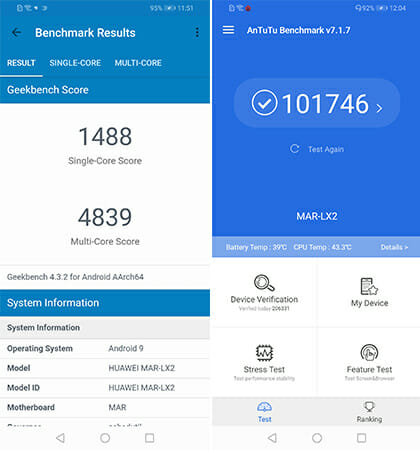
In terms of benchmark performance, even the Helio P60 in the much cheaper Realme 3 blows the P30 Lite out of the water.
For moderate and light users, the device works flawlessly and easily processes anything you throw at it. A little bit of everything like the calling, social media usage, snapping some pictures, and other routine tasks is never a problem for the handset.
If you use the device outdoors for long, even with minimal burden, it tends to get hot after some time, but it isn’t noticeable if you have the protective case snapped on.
While Kirin 710 is sufficient for most people and gets the job done pretty quickly, it’s wearing out over time, which we easily spotted during the heavy usage test.
To provide better performance with the aging chipset, Huawei has also offered the GPU Turbo technology 2.0 in the device, which helps the device to deliver a better gaming experience and boosts up the performance of the handset while optimizing the phone’s battery.
Huawei P30 Lite plays almost all the heavy games like Asphalt 9, PUBG, Deer Hunter, and Dead Trigger 2, with ease, thanks to the GPU Turbo technology. Sometimes, the device does display minimal stutters, especially when you are switching from one resource-intensive app to another but does not hinder the gaming experience on the phone.
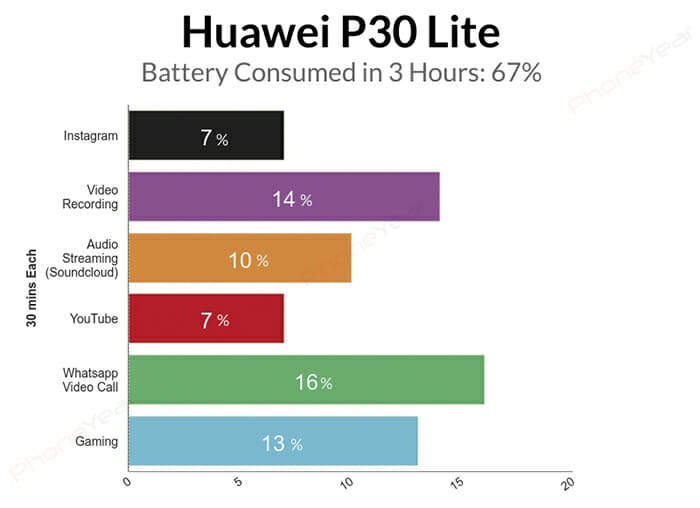
Huawei P30 Lite comes with a 3340mAh battery that sports a fast charging feature. It is not as good as we expected and drops all too quickly as the phone warms up a little.
During our 1 hour of light usage, which included browsing through the phone, surfing social media, making occasional calls, and snapping a picture or two, the phone’s battery dropped by 16%. This test already raised a flag that indicated that the P30 Lite’s battery wouldn’t hold up in heavy usage, and that’s precisely what happened.
Despite the battery optimization provided by GPU Turbo technology 2.0, Huawei P30 Lite devoured a 22% battery in just one hour of heavy usage, which included gaming, video calling, and heavy multitasking. Moreover, if you perform extended gaming, the device gets pretty hot, which is noticeable even with the protective case.
Looking at its overall performance, we can see that Huawei P30 Lite excels in light usage but suffers a great deal during heavy testing as no one wants to get their hands burned off by their smartphone. Due to fast battery drainage, the user will have to keep the portable charger on them at all times.
Camera
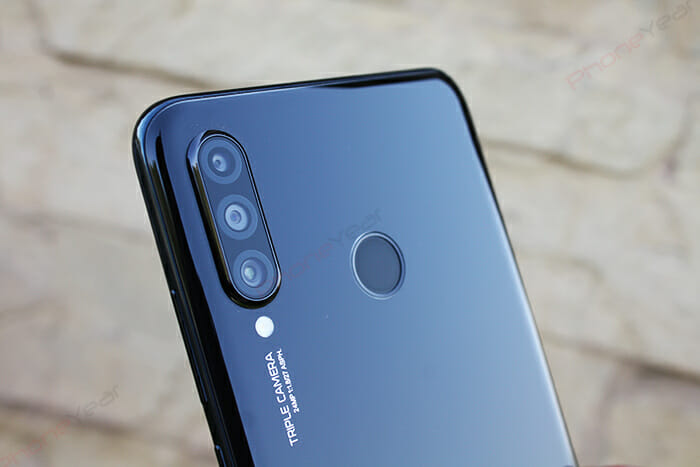
Even in 2019, the entire focus of the smartphone manufacturers is to provide the best camera phone to their users, and Huawei P30 Lite is no different device. The phone capitalizes on this trend and comes with a 24MP primary sensor along with an 8MP ultra-wide lens and a 2MP depth sensor. On the front, you get a 32MP camera for taking selfies.
Both the front and the back cameras are loaded with AI features. The rear lens can identify 22, while the selfie camera is capable of detecting eight different scenarios for adjusting the settings automatically.
Photos, taken with the primary snapper of the Huawei P30 Lite, look fabulous in natural light with excellent color reproduction and details.
You can also choose to turn the AI on or off with a toggle in the viewfinder. Turning the AI on produces more saturated pictures that are perfectly tuned for your social media feed. The AI definitely enhances the colors but does not go above and beyond, so your photos don’t look artificial.
An ultra-wide-angle lens is also a welcoming addition to the camera arsenal of the P30 Lite as we found ourselves using it quite often. The contrast seems a bit on the high side in the ultra-wide images. Moreover, the pictures are not as detailed as the ones shot with the primary camera. The colors, however, look natural and perfectly balanced.
The HDR mode in the phone works perfectly fine in daylight and brightens up only those corners of the picture that need more exposure. It lights up the subject in the foreground if you are taking photos in any backlit scenario.
Huawei P30 Lite takes full advantage of its multi-camera setup and offers aperture and portrait modes well. While the subject recognition is excellent and the outlining is also appropriate in the portrait mode, it’s not up to the mark in aperture mode and gives the picture an artificial feel.
The background blur is also stronger than it should be for natural-looking pictures.
As soon as the light leaves the frame of the Huawei P30 Lite, the image quality also starts to suffer. It fails to take impressive pictures during nighttime.
Looking at the Auto mode, the first thing you will notice is that the picture is overexposed, which is the reason why the lights are blown. You can also see that the overall photo has this white shade over it because of the poor light treatment, along with a lot of grain in the picture.
The same picture, when taken from HDR mode, shows the aggressive post-processing, which subdues the grain and noise in the image, but in doing so, it makes the picture even brighter and adds to that whitewashed and blown-out look.
The night mode tends to increase contrasts and enhance colors, but at the same time, the image also looks very artificial and aggressively processed.
Ultra wide-angle lens exhibited the same behavior that it did in the daylight camera result. The picture comes out blurry, and loss in detail is visible.
The 32MP selfie camera is a decent snapper, and even with a bright backlit background, it captures quality images. The skin tone is just how it should be clear and natural. A fair amount of detail can easily be observed.
The portrait mode in the selfie is not as good as the regular one. Though it does not smoothen the skin artificially, it enhances the brightness too much, which in turn buries some details in the skin tone. The edge detection could have been better also as the camera struggles to outline the subject and blurs out the parts in the foreground too.
Verdict
Huawei P30 Lite comes with a premium design and a great display. Though the Kirin 710 is getting weary, you still won’t notice any significant lag in the device’s performance thanks to the GPU Turbo technology. The triple camera setup also offers amazing photos in natural light but tends to struggle in low light or nighttime scenarios. The smartphone’s battery also drains pretty fast, and during extended heavy usage, the phone tends to overheat to the extent that the user has to put it aside to protect their hands.
Well, if you are a design enthusiast and prefer looks over everything, this is the one for you. Similarly, it is an excellent option for those who prefer watching videos and movies on their smartphones.
However, if you are someone that travels a lot and wants maximum juice out of their phone, Huawei P30 Lite might disappoint you, and you should look for the Vivo V11 Pro, which even though adds a small jump to the price but can give you a much better battery time.
The camera on this phone is a mixed bag and produces excellent images in daylight but not so much during nighttime. So if you want a smartphone for nighttime photography, you will have to splurge some more for Oppo F11 Pro.

